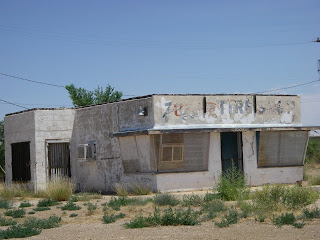One of the most anticipated aspects of our recent trip to the English countryside was to take several ‘rambles’. England and Wales have over 140,000 miles of public footpaths that make ‘walking for pleasure through the countryside’ a guarantee. These footpaths are considered a public right of way and only traveled by foot. “Legally, a public right of way is part of the Queen’s highway and subject to protection in law as other highways.”
My amazement was how these footpaths traverse over private property where the “ landowner has a duty to prevent crops from making the path difficult to find or follow AND a rambler has every right to walk through crops growing on or over the path as long as one follows the correct line.” It’s a rule of the road!
Having an official guidebook to chart a ramble was imperative to our experience. Both map and narrative were keys to making the journey. Here is a section of the directions that made our travel from Bibury to Coneygar achievable. Truly – we would have lost our way otherwise! I love how ‘care for the traveler’ includes notations on places to eat, resting spots for catching your breath, landmarks to keep you confident that you are on the path, walking conditions, and when to take in the view!
Distance: 4.5 miles Allow: 2.5 hours
Park near the bridge over the River Coln in the center of Bibury, as the walk starts and ends opposite the Swan Hotel. This walk has eating and drinking places at the beginning and again at the end. . . Set off from the bridge, following the B4425 road towards Burford, keeping the River Coln on your right. . . Leave the main road and walk straight ahead into the 'no entry' road and head for the church, still keeping the river on your right. . . Along here the tiny cottages seem to crowd in on you from both sides as you climb the gentle slope. Ignore the track going off to your right and continue straight ahead up the slope.
Here is a good opportunity to catch your breath and look back on a truly unforgettable view of the river, valley and manor house . . . At the top of the slope the track becomes a muddy path which sweeps off left and you continue to follow it, still with the river on your left. Ignore any paths going off to your right. You have a wood and a dry stone wall on your left for the next part of the journey. When the path peters out go through a wooden gate and continue in the same line with the wall still on your left. Remember this is a well used 'bridal way' so if the weather has been wet this path can become very muddy and slippery.
Gates and stiles are part of the journey and the excitement. Because the footpaths travel through pastures, animals are in the vicinity and need to be protected. A known ‘rule of the road’ is to close all gates behind you. Sometimes a stile rather than a gate is encountered. Stiles are designed with primitive steps to require you to step up and over the fences. We discovered that these rambles also demanded agility and flexibility!
 Indeed, our rambles exercised both our muscles and hearts. Breathtaking views, charming stone walls, the dash of pheasants in the field, the curiosity of sheep suddenly needing to share the path, the giddiness of our voices has we were constantly referring to the map and our location in the narrative directions. (Once we found ourselves facing the sign BULL LOOSE IN FIELD and quickly diagnosed we had most certainly lost our place!)
Indeed, our rambles exercised both our muscles and hearts. Breathtaking views, charming stone walls, the dash of pheasants in the field, the curiosity of sheep suddenly needing to share the path, the giddiness of our voices has we were constantly referring to the map and our location in the narrative directions. (Once we found ourselves facing the sign BULL LOOSE IN FIELD and quickly diagnosed we had most certainly lost our place!) All in all we held a deep respect for the gift that private landowners give to the people of England. We felt a sense of responsibility to honor the code of that civic and long held covenant meant to share and provide enjoyment of the English landscape. And just as English rocker, Led Zeppelin’s words invite us to Ramble On, I eagerly look forward to my next ramble, my next visit to the English soil.
Discover more about spaces and places at www.spatialimpact.com
Discover more about spaces and places at www.spatialimpact.com






















